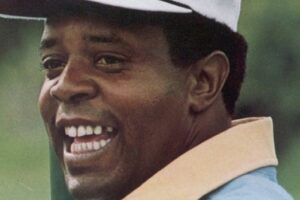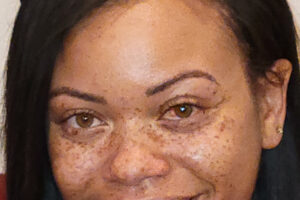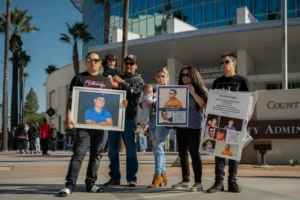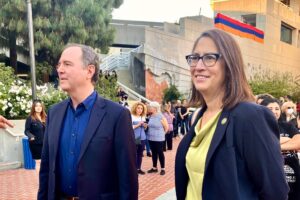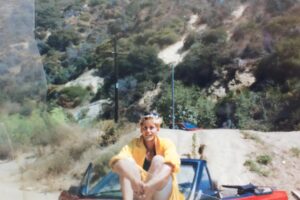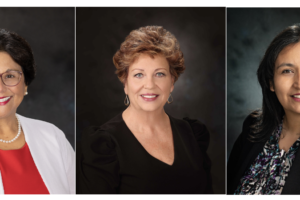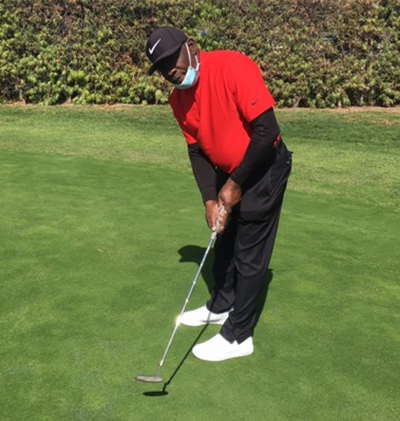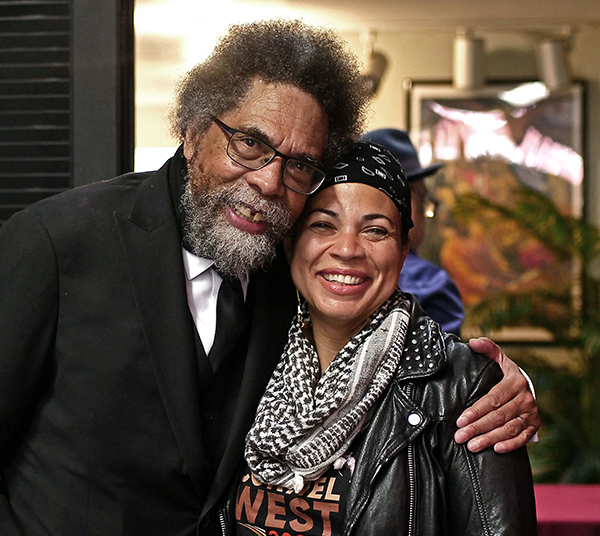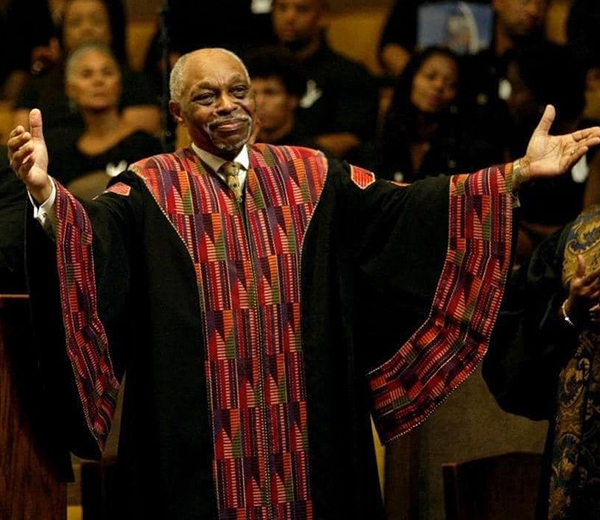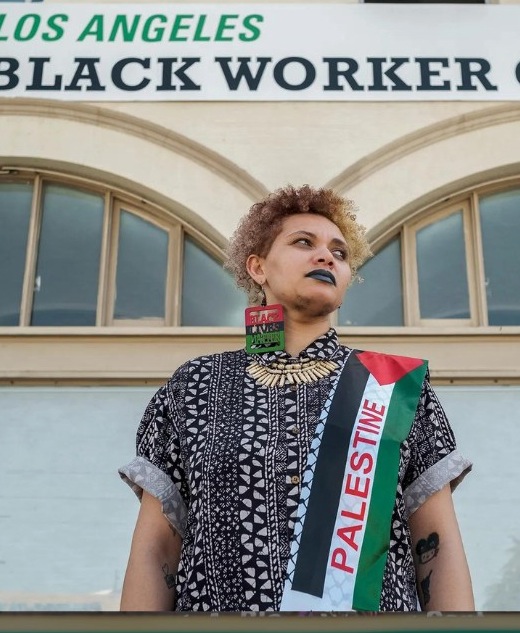By Ray Richardson
Contributing Writer
SOUTH LOS ANGELES — Four days after Tiger Woods was seriously injured in a single-car accident, a sentimental atmosphere was evident at the Chester Washington Golf Course.
Several golfers arrived at the course Feb. 28 wearing red polo shirts and black pants, a familiar color scheme often worn by the iconic Woods on Sundays during his trail-blazing career.
Other golfers gathered near the clubhouse to talk about Woods’ impact on the sport and the relief that he survived the near-fatal crash in Rancho Palos Verdes Feb. 23.
“Even if Tiger doesn’t play again, he’s done everything a man could do for the game,” said Sammy Terrell, 84, an amateur golfer since 1968. “He put golf in its proper place.”
Conversations about Woods at Chester Washington are nothing new. Terrell and veteran black golfers in the Los Angeles area remember seeing Woods come to Chester Washington as a kid to practice. Woods’ father, Earl, brought him to play and learn from established black golfers, particularly legendary instructor Frank Snow, who mentored Woods before he entered high school.
Snow died in September 2020 and is remembered as one of the influential figures in Woods’ development. Much of the work Snow did with Woods and other young black golfers was done at Chester Washington and nearby Maggie Hathaway Golf Course.
“When Tiger was young, everybody around here could tell how good he was going to be,” Michael Hill, 54, a post office manager, said after finishing his round. “Everybody was impressed at how well he played at that age.”
The accident left Woods, 45, with a broken tibia and fibula in his right leg, as well as bone damage in his right ankle. He also suffered muscle and tissue damage in his right leg. Coupled with Woods’ history of back troubles, including four surgeries on his lower back, there are major concerns about whether he will be able to play again.
Woods, who turned pro at the age of 20, had to put his career on hold each time to recover from the back surgeries. Can he bounce back again after another physical setback?
“It’s going to hurt the game if he doesn’t play again,” said Richard Jackson, 69, a retired Chevron plant operator. “When you look at all the things he’s done for the sport, especially getting Black people involved, you know he’s going to be missed.”
Woods’ impact on golf is one of the reasons Hill got involved with the Under Armour Golf Youth Tournament, an organization dedicated to teaching the sport to African-American youths and providing competitive opportunities to play. One of the missions of the Under Armour Tournament is to take African-American kids around the country to expose them to organized play at an early age.
Though Woods grew up in Cypress in Orange County, he often played at Chester Washington, Maggie Hathaway and other inner-city courses when he was growing up. Initiatives such as Under Armour Tournaments were rare during Woods’ younger days.
But Hill sees more young African-Americans playing golf these days mainly because of Woods and his ability to break through barriers and revolutionize the sport.
“You’d be surprised at how many young Black kids in this area are interested in golf,” Hill said. “There’s quite a bit of talent coming up. We just need to keep providing the resources and the direction.”
A diversity conversation at Chester Washington is also a testament to Woods. In the early 1960s, Blacks were not allowed to play at Chester Washington, even though it was a public course and Washington, the former editor and publisher of The Wave, was Black.
The “unwritten rules” eventually dissolved, but Terrell remembers still having occasional difficulty getting a tee time at Chester Washington.
“I would come here and put my name down, but if there were white players around, I couldn’t go on the course,” Terrell said. “I would have to wait sometimes until there were no white players waiting to play before I could go out there.”
Terrell, who knew Woods’ father and often saw the elder Woods and his son on the course, sees a different Chester Washington today. He had no trouble getting a tee time on a Sunday.
Terrell knows that the younger Woods had a lot to do with changes at Chester Washington, as well as most golf courses around the country.
“When Tiger came along, he brought the grandmothers and the grandpas to the screen to watch him on TV,” Terrell said.
Woods has won 15 PGA majors, just three shy of the all-time record held by Jack Nicklaus. Woods’ 82 PGA victories is tied with Sam Snead for the most all time and far out distances active golfers. He’s already in the World Golf Hall of Fame after winning his first major, the 1997 Masters, when he was 20.
“That was like watching (President Barack) Obama win the White House the first time,” Julian Page, 63, a retired manager at Northrop Grumman, said of Woods’ first Masters triumph. “Tiger made golf cool to play. He’s one of the reasons I’m out here.”
Page was wearing Woods’ red and black colors during his round. He and everyone else at Chester Washington hope they see Woods in those signature colors again.
Ray Richardson is a contributing writer for The Wave. He can be reached at rayrich55@gmail.com

